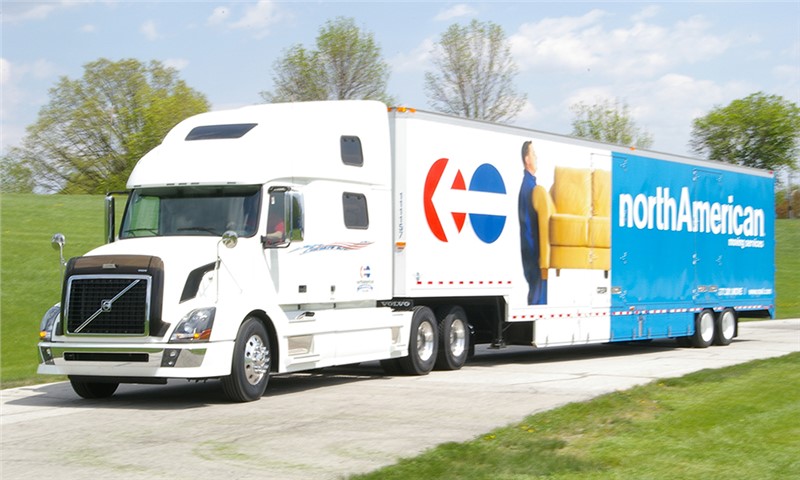Decoding Cross-State Moving Companies in 2025
Decoding Cross-State Moving Companies in 2025
Blog Article
If you’re planning for an interstate move, you probably have a lot of questions ahead.
Whether you’re moving a small apartment or relocating an entire home, this guide will help you navigate the process confidently.
Stay with us to discover how to ensure a smooth relocation across state lines.
What Makes Interstate Moving Unique?
When you cross state lines, your move falls under federal regulations, typically overseen by the FMCSA (Federal Motor copyright Safety Administration).
A professional mover experienced in cross-state moving understands these details and helps you stay compliant.
Most importantly, the logistics are more complex: longer travel times come into play.
Finding the Perfect Cross-State Moving Partner
Selecting the right interstate moving company is crucial for a successful relocation. Start by checking for proper licenses and insurance—legitimate companies must have a USDOT number issued by the Department of Transportation.
Compare not just the price, but also the included services: Does the quote cover packing, loading, unloading, insurance, and delivery timeframes?
Trust your instincts: if something feels off or too good to be true, it probably is.
Understanding Interstate Moving Price Calculations
Several factors shape the price of interstate moving services. The biggest is distance—the longer the trip, the higher the fuel, labor, and time costs.
If you request professional packing, furniture disassembly, custom crating for delicate items, or temporary storage, these all add to the base price.
Lastly, access conditions impact costs.

Effective Planning for Moving Between States
Early preparation gives you enough time to handle unexpected challenges calmly.
Decide what to sell, donate, or discard to reduce weight and save on moving costs. Less volume often translates to lower transport fees, so decluttering pays off.
Finally, prepare an essentials kit for the days surrounding your move.
Understanding Your Moving Options
Partial-service movers let you pack your own boxes while they handle transportation and heavy lifting, reducing costs.
Freight shipping companies also offer options for large shipments that don’t need full moving crews.
When comparing services, consider your priorities: Do you value convenience or budget?

How to Prevent Problems During an Interstate Move
Many people wait too long to book movers, only to find limited availability or higher rates.
Always verify USDOT numbers, insurance policies, and read contracts carefully before committing.
Lastly, poor packing leads to headaches.
Budget-Friendly Strategies for Interstate Relocation
To cut costs on veja o site interstate moving, start by downsizing.
Some movers offer price matching, discounts for flexible dates, or savings for booking during off-peak seasons.
Lastly, consider doing part of the work yourself.
Final Thoughts on Moving Between States
In summary, a successful interstate move depends on careful planning, smart budgeting, and choosing the right service providers.
Investing time in research, comparing services, and preparing in advance pays off during a long-distance relocation.
Best of luck on your journey to a new home!
FAQ About Interstate Moving
How can I save money on an interstate move?
You can also pack and load yourself to cut labor costs while hiring movers only for transport.
What’s the best timeline for booking interstate movers?
It’s best to book movers at least 6–8 weeks in advance, especially during busy seasons.
Are there things I can’t include in an interstate move?
Always check with your moving company for a detailed list of prohibited items.
How is interstate moving insurance calculated?
Most interstate movers include basic valuation coverage by law, but it’s minimal.
Can I track my belongings during an interstate move?
Ask your company about their communication methods and tracking options.
Report this page